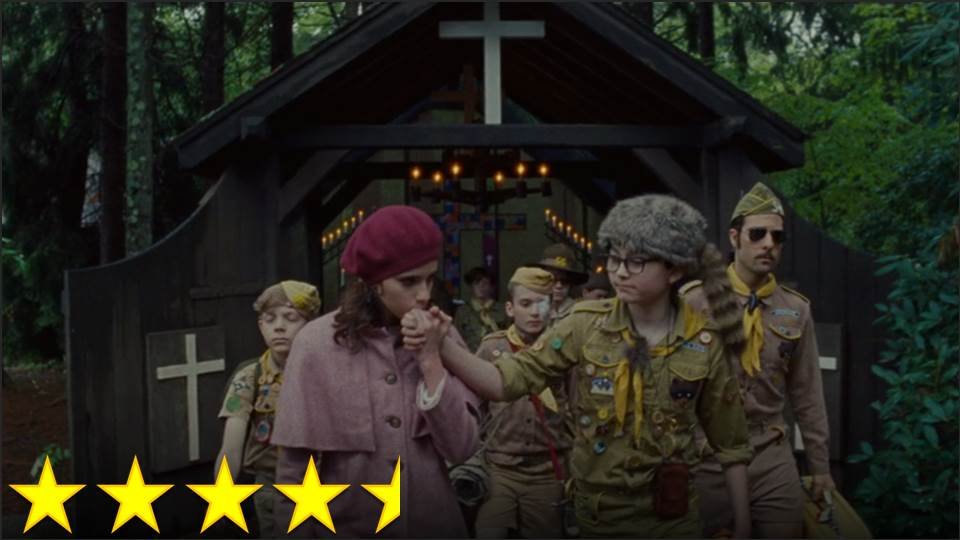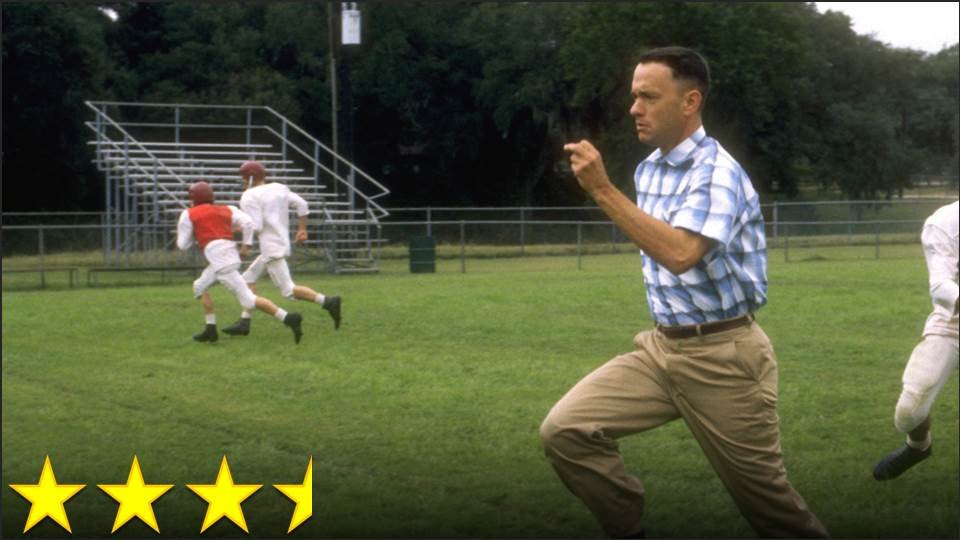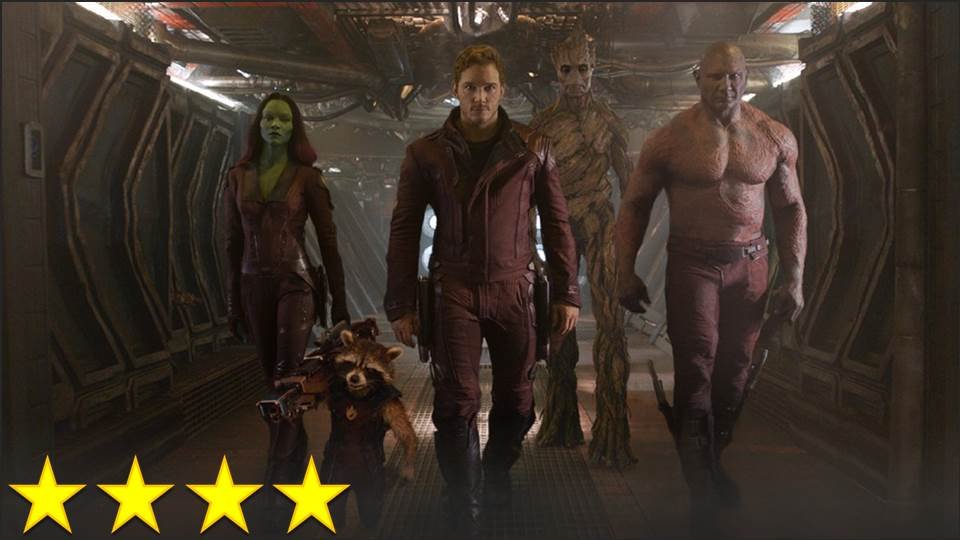You know what’s an ugly color? Yellow. Yellow is a really sucky color. It can make a movie look pretty terrible, or at least it’ll make the color scheme seem smelly. In fact, one of the main reasons I’ve waited so long to watch a Wes Anderson film is that I didn’t think I’d be able to stomach all of the colors (or at least hues) he tends to use that make me sick. The second reason is my distaste for films that are overly quirky for the sake of being quirky. Much to my surprise, I found that I can appreciate the film’s colors and quirks because Anderson can appreciate the beauty in the fakeness of things.
The important thing to remember about the film is that it takes place in a strange version of the 1960s, and the film is very conscious of that. Anderson doesn’t stylistically approach the decade the way that most filmmakers would though. Perhaps because he’s playing with themes of childhood and nostalgia in the film, he uses color, grain, and visual effects to make the film look like an old photograph from the ‘60s or ‘70s, which is exactly what any of us today would have to use to get a glimpse what the time period was like for kids. No one could ever have a jacket as vividly red as the narrator’s in real life – real life doesn’t look like that – but in old photos it would seem normal, and photos of our childhood inform our memories of what the world used to look like. It’s a very strange effect, but it makes for a look and feeling that’s oddly warm and charming.
But there’s much more to the visual style than that. Anderson has a knack for playing with size and perspective, somehow making many of the props and set pieces look like little toys. I think part of this is done with camera tricks, and some is done by using small models of props and set pieces instead of the real thing. This gives the sense that everything on his set is one of his little toys to play with, as though making a statement in favor of Auteur Theory the characters are just as much his puppets as the characters in his stop-motion film are. Now, most people don’t notice this as much as they notice his unique cinematography – his habit of framing his subjects symmetrically, moving the camera steadily in elaborate tracking shots, and filling the frame with things dropping and sliding and jumping and spinning so nothing is ever too boring. Since I’d seen a clip or two from this movie a few years ago, I figured I would find it irritating, but in context, I don’t mind it. I think I’m okay with it because, on the one hand, Anderson is clearly having too much giddy, childlike fun doing it, and on the other, he keeps it limited to what will help the scene/story more than distract from it.
And this story is good.
The story itself is rather quirky, but it builds up to its least plausible parts very carefully, so it still feels like it’s been written carefully – not like everything has been thrown at the wall, as I would have expected. And I think it has been written carefully. The story is both innocently childlike and unsettlingly adult, somehow blending emotions one would only expect to feel in an old Tim Burton film with an empathetic love for these characters. It’s incredible that characters with so little visible emotion grab the heartstrings the way these characters do – I don’t understand how it’s possible – but they keep the viewer completely sucked into the story. In fact, I believe this movie tells one of the most intriguing and captivating stories ever told, and it tells it beautifully. So, yes, some aspects of the film stray far from what I usually like, but Anderson keeps me engaged on a level that few others can, and he seems to have a heck of a lot of fun doing it. I’m not sure if I liked this movie for itself or just because I’ve never seen anything quite like it before, but I can say that I look forward to watching it again.





